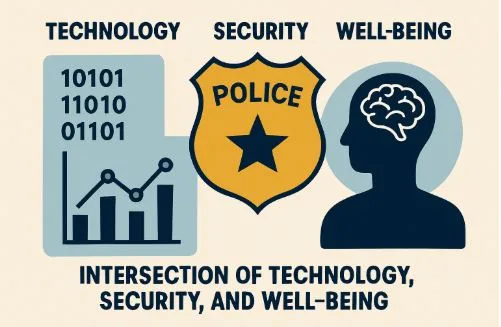Navigating Presbyopic Symptoms: A Guide to Understanding Your Vision
The natural process of aging brings slow but steady changes to eyesight, the most common of which is presbyopia. This condition usually makes its presence known in the early to mid-40s, when such nearly universal tasks as reading fine print, a smartphone, or working on a computer demand more effort than they used to.
But while presbyopia is as inevitable as the passage of time, its symptoms can appear gradually enough that the observer is inclined to wave them away for months or even years.
Identifying and understanding presbyopic indicators paves the way for timely action and suitable treatment. The condition can be coped with in a number of ways, including glasses, contact lenses, and in some cases, medications. But as with many conditions, the earlier presbyopia is recognized, the better the chance for optimal outcomes. Awareness is the first step toward maintaining clear and comfortable vision throughout daily life.
Early Signs and Common Symptoms
The condition characterized by the inability to focus on close objects is called presbyopia. This condition affects nearly everyone as they age. We tend to think of our eyesight as something that, once impaired, can only get worse.
While this is true for some common eye diseases (like glaucoma or macular degeneration), it’s also possible for our vision to change in a way that actually improves our sight – this speaks to the amazing adaptability of the human visual system.
Why Presbyopia Happens
Presbyopia is predominantly associated with aging and affects almost everyone, regardless of previous visual health. Understanding the biophysics behind presbyopia helps to clarify why this visual condition is progressive and always moves in a direction of less visual function, especially under low-contrast conditions (which are very common in everyday life).
Unlike other refractive errors, this presbyopic symptom is not caused by the shape of the eye but by the stiffening of the eye’s natural lens. The classic optic system of the eye is still functioning, even under low-contrast conditions. The problem is that the eye’s natural lens is no longer working well, due largely to the fact that the lens has become too stiff in its material properties.
Traditional Options for Managing Presbyopia
The most common solution is still eyeglasses, with everything from basic single-vision lenses to sophisticated progressive addition lenses available to people with presbyopia. Contact lenses also provide some solutions. Multifocal designs are available, as are setups that use monovision (dedicating one eye to see clearly at a distance and the other to see up close). These methods are effective, accessible, and inexpensive, so they represent the first set of treatments that most people with presbyopia try.
Innovative Therapies and Modern Approaches
Beyond lenses, new solutions are reshaping how presbyopia is managed. Pharmacologic alternatives such as prescription eye drops are providing new ways to help patients see better up close. These work by creating a “pinhole effect” – an optical method of improving near vision.
Surgical corrections that change the shape of the eye, such as laser vision correction or corneal inlays, also answer effectively treat presbyopia for some patients.
Diverse Presbyopic Treatments Are Available for Modern-Day Patients
The universal condition of aging, which everyone will experience, does not have to compromise one’s vision and quality of life. By understanding presbyopia’s symptoms, recognizing the reasons for the condition, and exploring both traditional and modern treatment options, individuals can continue to enjoy life’s daily activities with the confidence that they are seeing clearly and comfortably.




